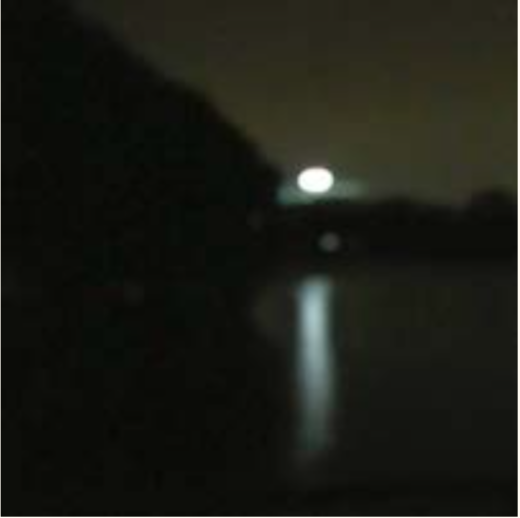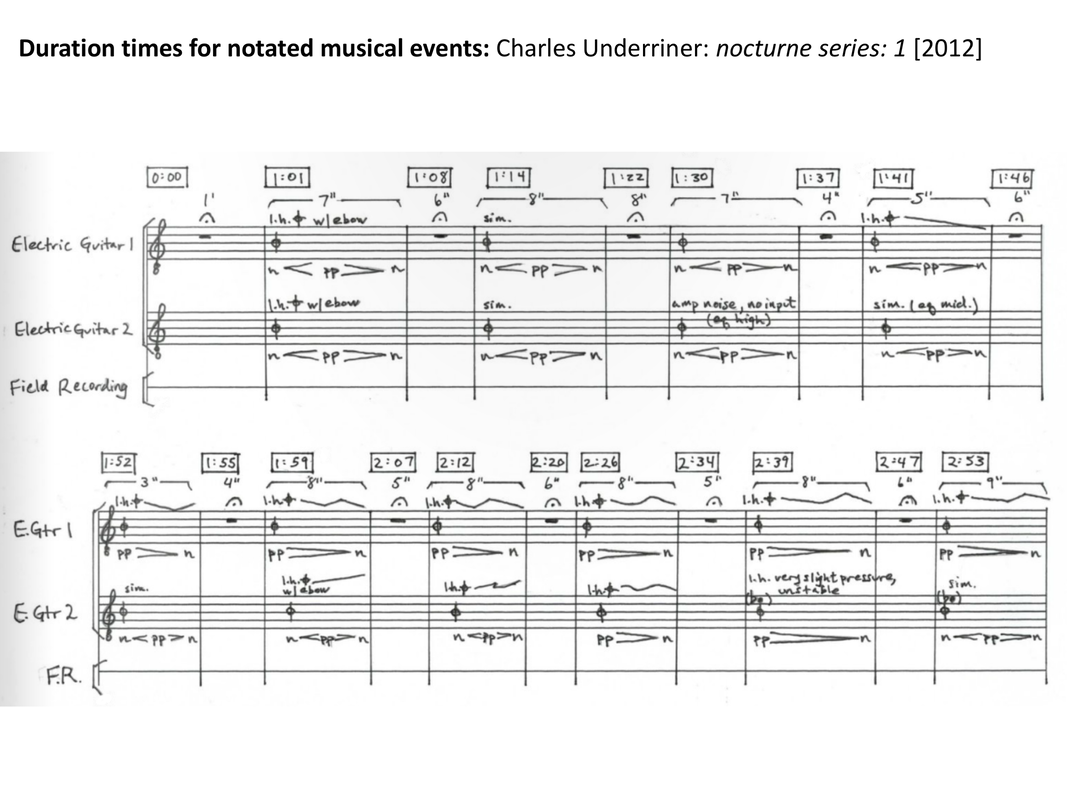This presentation discusses performances presented so far in the the Limited Hangout project as well as 2 other works by the author willson's downfall [2018] for three instruments and field recordings, and decompression [2019] for 144 musicians and the St. Pauli Elbe tunnel. These works explore a number of approaches to the creation of site-specific music and means of establishing connections and interaction between sound and site, including the use of field recordings, topographical information, transcriptions, resonant frequencies of an 864 meter two tube tunnel respectively to interact with site-specific locations. The paper discusses methods of synthesising big data sets, for the generation of scores for acoustic instruments and electronic audio components and approaches to creating spatial audio environments within existing ambient natural environments. These approaches are compared to the work of composers such as R. Murray Schafer, Matthew Burtner, Marta Tiesenga, Vanessa Tomlinson and Charles Underriner.
A series of 6 site-specific performances responding to the sonic/physical environment of their chosen locale. 6 composers are challenged to create sounds interacting with particular environments using tools such as acoustic measurement and analysis, topographical mapping, physical structures and weather conditions of specific spaces and times. The initial concept was to limit the audience for each performance to 30 and to only supply the precise location will only be shared a week in advance of the performance.
|
The project began as the offshoot of a recording of Chaz Underriner’s Nocturne 4 for 2 or more performers for the GreyWing album nature forms I. Ten musicians were assembled at 930pm on 11 Nov 2017 at Herdsmans Lake and the serene experience was a catalyst to explore further works of this type. Nocturne 4 comprises 3 layers: soundscape (using 10 sound files of field recordings and sine tone arrays that we played back using bluetooth speakers); sustained pitch instruments; and cuts and filters (performers may cut off (or back on) the playback of a sound file or their sustained instrumental pitch). Instruments were spatialised according to the pitch content of each part and 4 microphones (arranged in a uniplanar quasi-ambisonic pattern) were used to capture the performance.
|
The first performance in the Limited Hangout series was Sage Pbbbt’sNarrows / Expands / Elides. The site for the work was the underside of the Perth Narrows Bridge –the central conduit between the north and south sides of the Swan river. The piececonsists of three movements; the first two attempting to “explore ideas of (non)striated space and (de)colonization” and the third reflecting on the problematic nature of such attempts.
|
In her notes Pbbbt states:
As a starting point, the piece takes one of my favouriteincidental sound (non)installations in Perth (…) this space offers up an intersection of different modes of spatial division—roads, paths, cycle paths and trains lines—that themselves navigate the geographical terrain. (And these spatial divisions and physical incursions manifest over the dreaming, history and sense of place of the Whadjukpeople of the Noongarnation; which I am mostly deaf to and ignorant of.) |
|
Follow map lines but interpret these through a strict grid system (4m);
|
Glissandi between notes, clear (but less strict) rhythm (4m)
|
Glissandi, free; explore the space (4m) |
Imagined map—play (?m) |
|
II: Too [~20 minutes]
each player should follow one soundline[trains overhead, traffic overhead, traffic passing, bicycles passing] play in lines; lines that at first play mimetically with your soundlines |
III. Ellipsis... [? minutes]
Players are invited to engage with section three in any way that makes sense to them and respects Noongarculture including in ways that undermine the first two sections... |
|
lines that move towards accentuating the sonic effects caused by the curves in the road, the interactions of sounds, the Doppler effect...
lines that move towards accentuating the sonic effects caused lines that move towards accentuating the sonic effects lines that move lines that move towards accentuating the sonic lines that move towards accentuating lines that move towards lines |






















 RSS Feed
RSS Feed
